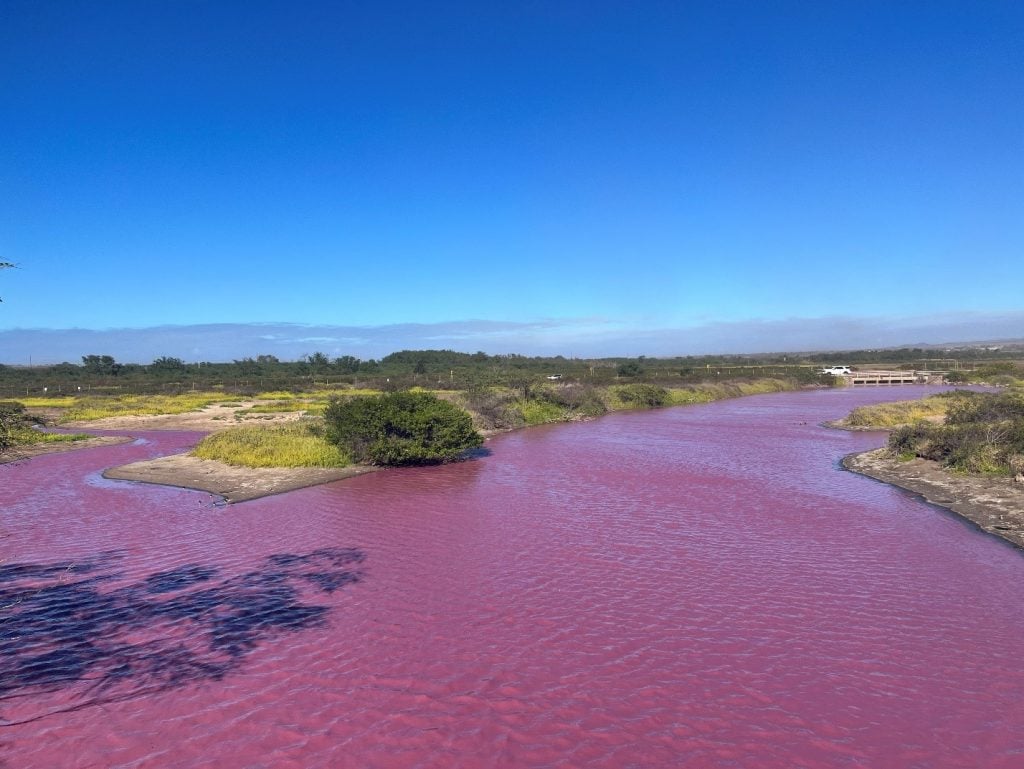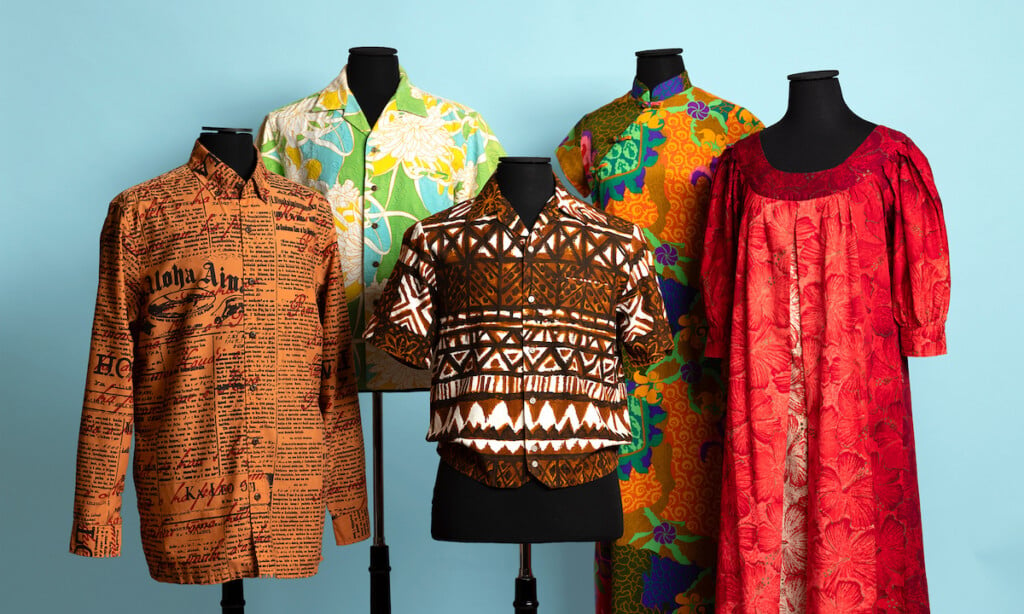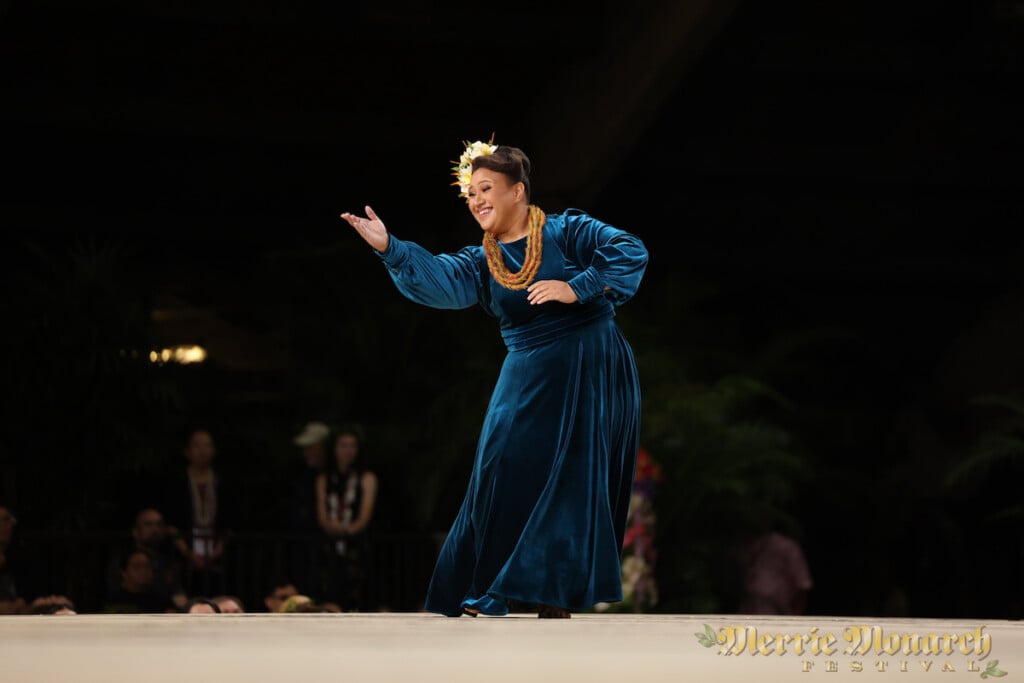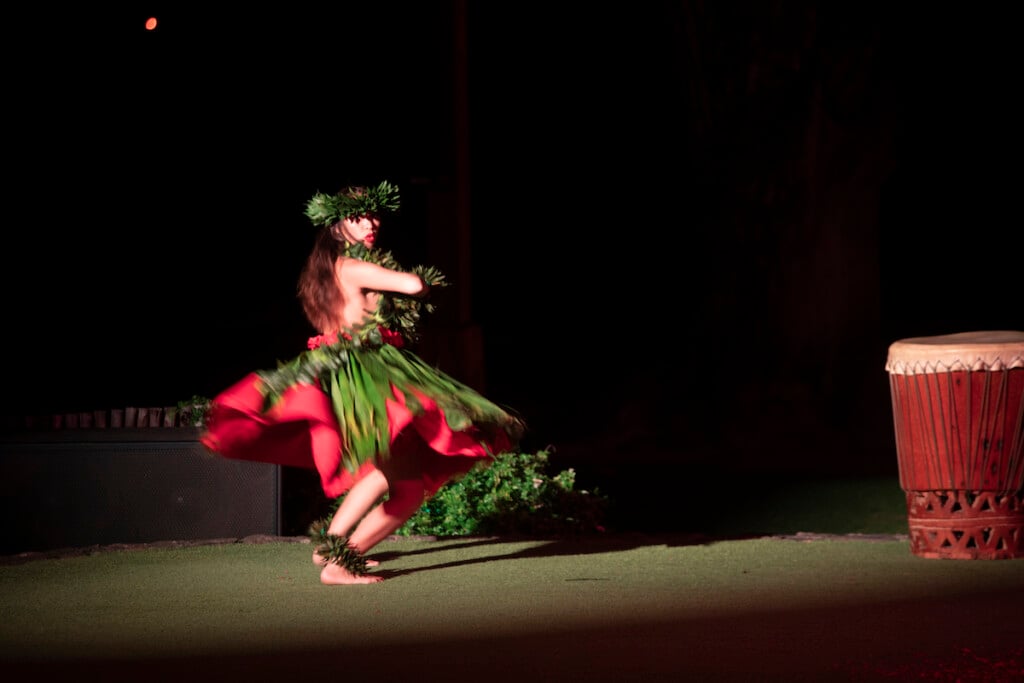What’s Up with Maui’s Pink Pond?
The water color at Keālia Pond National Wildlife Refuge on Maui has turned pink due to a single-celled organism called halobacteria.

Unsurprisingly, the water color at Keālia Pond National Wildlife Refuge on Maui is not normally pink. However, that all changed almost two weeks ago when its water color shifted to a rosy hue. So what’s up with Maui’s pink pond?
Sightings of the Keālia Pond’s new water color were first reported on Oct. 30, and researchers quickly went into action to figure out what was the cause of this new Pepto-Bismal pink water. And initial analysis has found that the pond—which has extremely high levels of salinity, with its water having twice the salinity of seawater—has become a new home for halobacteria, a type of archaea, or single-celled organism.
View this post on Instagram
Halobacteria thrive in environment with high levels of salinity. And due to the ongoing droughts on Maui, the level of salinity has been on the rise in Maui’s pink pond, making it a perfect environment these single-celled organisms.
Fortunately, halobacteria are not considered to be a public health threat. However, state officials have stipulated some precationary measures for folks checking out the pond, and those include keeping a safe distance from the water, not entering the water, not consuming any fish caught from the water and ensuring that pets don’t drink from the pond.
While the bacteria and color don’t present an immediate threat to the public or the environment, it is part of a larger problem on Maui and Hawaiʻi. Keālia Pond’s rising salinity level is directly caused by the lack of freshwater normally provided to the area by rainfall. However, with sparse rain, dry conditions and a channel to the ocean that has since dried up, the pond has become started to live up to its name, which in ʻōlelo Hawaiʻi (Hawaiian language) can be translated to “the salt bed.” The unique environment has allowed salt-loving organisms such as halobacteria to bloom, however most other aquatic wildlife in the pond can no longer survive in waters with such high salinity levels.
View this post on Instagram
Unfortunately, much of Hawaiʻi’s current drought conditions are directly caused by the ongoing climate change happening around the world. So while Keālia Pond may be a visual spectacle to behold, it may happen again in ponds around the state with high levels of salinity that are in drought affected areas. While similar phenomenons have happened in the states and internationally, a pink pond is a first for Hawaiʻi, which speaks to the extreme weather and changing climates our environment is facing.
The water will continue to be analyzed by researchers at the University of Hawaiʻi, and until further data has come in, visitors and locals are asked to stay out of the water in the pond. However, it sure does make for an interesting photo, and photographers have found the water to look most pink during sunset hours.


